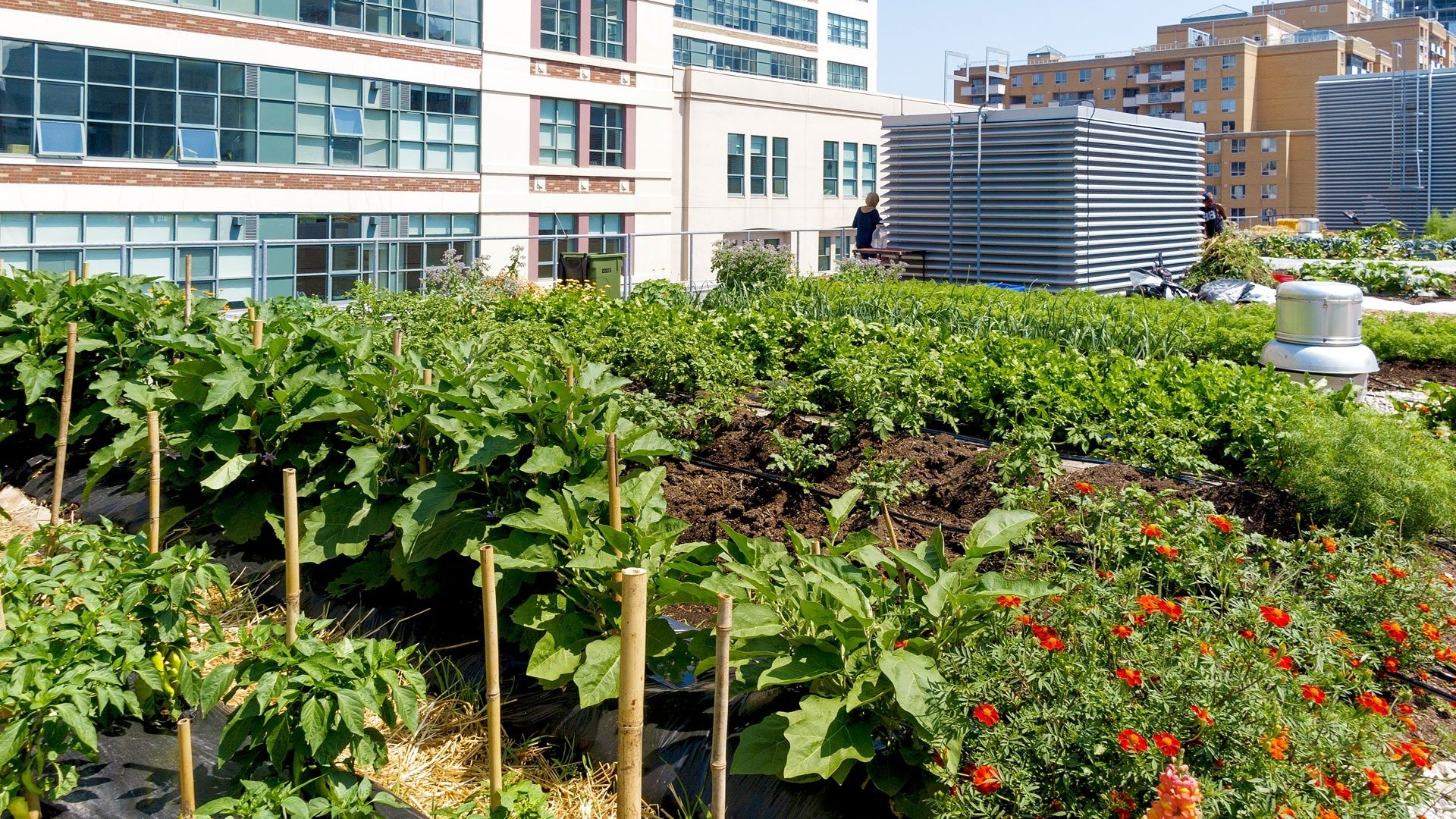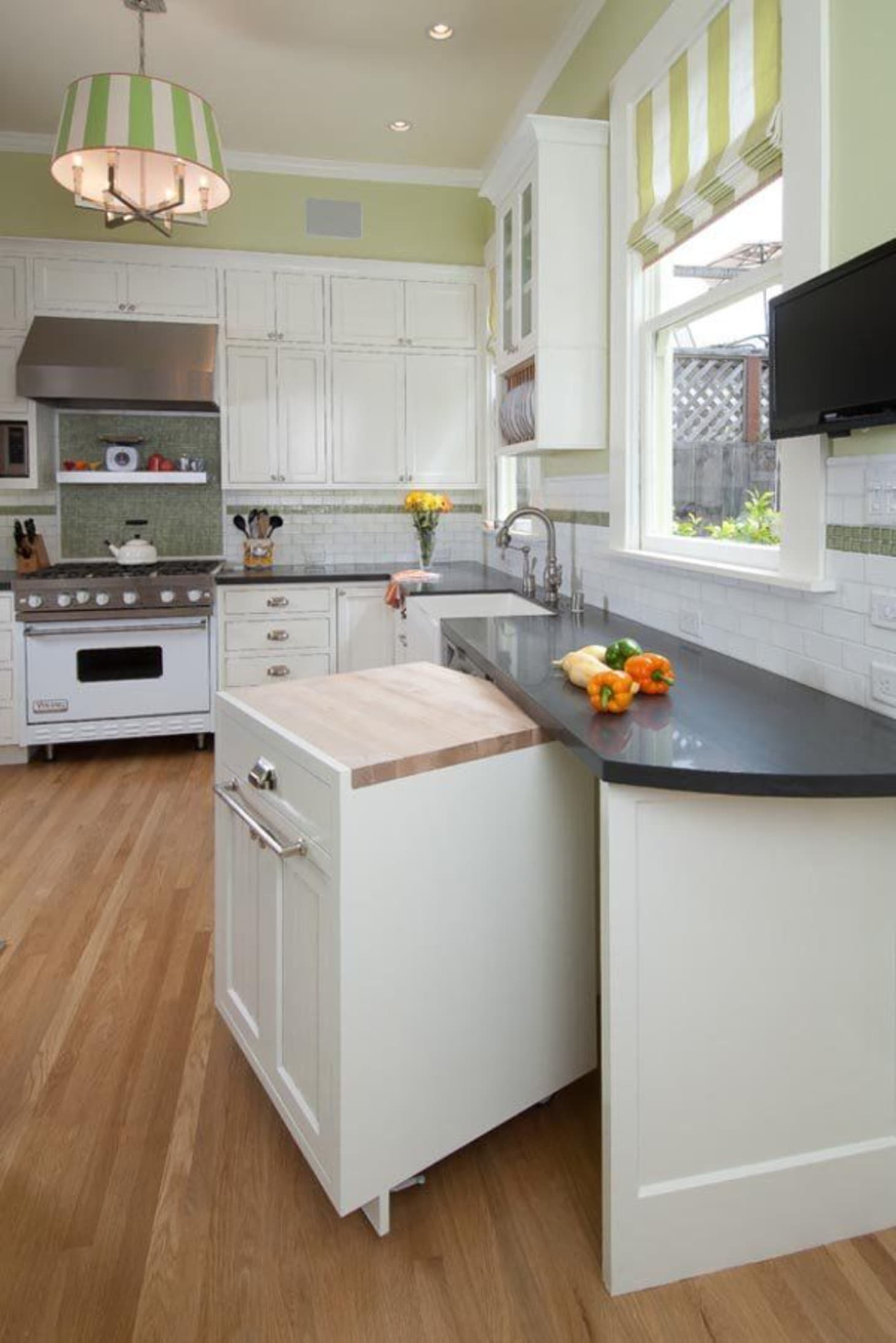Grow Veggies in Small Spaces: Top Tips

Are you dreaming of a thriving vegetable garden but feel constrained by your tiny urban plot? Fear not! With a dash of creativity and some strategic planning, you can transform even the smallest of spaces into a bountiful harvest. Welcome to the world of vegetable gardening for small spaces—where every square inch counts and the rewards are as fresh as they are delicious. Let's dive in and explore the top tips for making the most of your compact garden.
Understanding Small Plot Cultivation
Before we get our hands dirty, let's understand what small plot cultivation entails. It's about maximizing your limited space to grow a variety of vegetables efficiently. Whether you have a balcony, a tiny backyard, or even a windowsill, there are countless ways to make your urban agriculture dreams a reality.
Space-Saving Techniques
Vertical Gardening
One of the most effective space-saving techniques is vertical gardening. Think of it as your garden's skyscraper—growing upwards instead of outwards. You can use trellises, hanging baskets, and wall-mounted planters to make the most of your vertical space.

Container Gardening
Container gardening is another fantastic option for compact gardening. Pots, planters, and even repurposed containers can be used to grow a variety of vegetables. The key is to choose the right container size for your plants. For example, tomatoes need deeper pots, while lettuce can thrive in shallower containers.
Square Foot Gardening
Square foot gardening is a method that divides your garden into small, manageable squares. This technique allows you to plant a variety of vegetables in close proximity, making the most of your limited space. It's like playing Tetris with your garden—every piece fits perfectly.
Choosing the Right Plants
Not all vegetables are created equal when it comes to vegetable gardening for small spaces. Some plants are naturally more compact and better suited for urban agriculture. Here are a few recommendations:
- Lettuce and Spinach: These leafy greens grow quickly and don't require much space.
- Radishes: They grow fast and can be harvested in as little as 30 days.
- Bush Varieties: Look for bush varieties of cucumbers, beans, and tomatoes that are specifically bred for small spaces.
- Herbs: Many herbs like basil, parsley, and cilantro can thrive in small pots.
Maximizing Your Space
Interplanting
Interplanting is the practice of growing different plants together in the same space. For example, you can plant fast-growing radishes between slower-growing carrots. By the time the carrots need the space, the radishes will have been harvested.
Succession Planting
Succession planting involves planting a new crop immediately after harvesting the previous one. This ensures that your garden is always productive and makes the most of your limited space.
Caring for Your Garden
Watering and Fertilizing
In small plot cultivation, proper watering and fertilizing are crucial. Container plants, in particular, need consistent moisture and nutrients. Use a balanced, water-soluble fertilizer to keep your plants healthy and productive.
Pest Control
Even in small spaces, pests can be a problem. Use organic methods like companion planting and natural pesticides to keep your garden healthy. For example, planting marigolds can help deter pests from your vegetables.
Getting Creative with Your Space
Hanging Gardens
Hanging baskets are a great way to add more growing space. You can hang them from balcony railings, fences, or even from the ceiling.

Window Boxes
Window boxes are perfect for small spaces. They can be used to grow herbs, lettuce, and even small varieties of tomatoes. Plus, they add a charming touch to your windows.
Conclusion
Vegetable gardening for small spaces is all about making the most of what you have. With a bit of creativity and strategic planning, you can turn even the tiniest plot into a thriving garden. Whether you opt for vertical gardening, container gardening, or square foot gardening, the key is to maximize your space and choose the right plants.
So, are you ready to transform your small space into a bountiful harvest? Remember, every square inch counts, and the rewards are as fresh as they are delicious. Happy gardening!
FAQs
What are the best vegetables for small spaces?
- Leafy greens like lettuce and spinach, radishes, bush varieties of cucumbers, beans, and tomatoes, and herbs like basil and parsley are great for small spaces.
How often should I water my container garden?
- Container gardens need consistent moisture. Water them when the top inch of soil feels dry. This could be daily during hot weather.
Can I grow vegetables in the shade?
- Some vegetables, like lettuce and spinach, can tolerate partial shade. However, most vegetables need at least 6 hours of sunlight per day.
How do I deal with pests in my small garden?
- Use organic methods like companion planting and natural pesticides. For example, planting marigolds can help deter pests.
What is the best way to maximize space in a small garden?
- Techniques like vertical gardening, container gardening, square foot gardening, interplanting, and succession planting can help you make the most of your small space.
0 Response to "Grow Veggies in Small Spaces: Top Tips"
Post a Comment